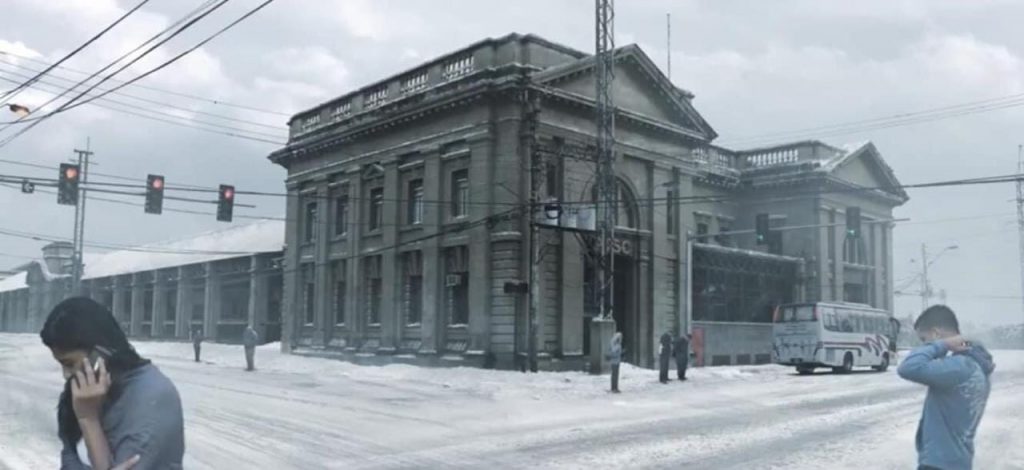This editorial was originally written on January 5th, 2021.
It seems that our “cool” temperatures in Trinidad and Tobago are not enough to consider “cold” to the Trinbagonian diaspora. Yet, we don’t hear our local crowd berating the diaspora when the sun makes an appearance in their temperate regions, claiming it’s too hot for temperatures that would be just another day in T&T.
Temperatures, whether it is cold or hot, is relative to the region it is recorded. 32°C (90°F) is a warm, but average daily maximum high in T&T but would be excessively hot in places like New York or the United Kingdom. Similarly, 18°C (64°F) is a very cold temperature for T&T, located in the tropics, while it would be a cool day in temperate regions of both northern and southern regions of the world, even requiring a jacket to head outdoors.
In Trinidad and Tobago, the long-term mean (1971 – 2000) annual maximum and minimum temperatures are 31.3 Celsius and 22.7 Celsius respectively with a mean daily temperature of 26.5 Celsius, according to the Trinidad and Tobago Meteorological Service. Furthermore, the average minimum January temperature comes in at 21.6°C – an already cool minimum for the country. This means that temperatures below this average would fit the label as “cold” or “cool” for the island.
Similarly, when temperatures reach the other end of the spectrum, with maximum highs exceeding 34°C, we do not find ourselves comparing the oppressive heat to temperatures recorded in the Saharan Desert or areas in the Middle East where temperatures routinely reach above 35°C in the summer months.
Since January 1st, 2021, a cold front made its way to the Southern Windwards, causing cooler than average temperatures across parts of Trinidad. Temperatures dipped to 20°C and even between 15°C to 19°C at times in interior areas. This was chilly for the island without question.
Will it ever snow in Trinidad and Tobago?

Conditions for snow in Trinidad and Tobago remain near impossible. Snow forms when the atmospheric temperature is at or below 2°C (35.6°F) and there is a minimum amount of moisture in the air. Generally, If the ground temperature is at or below freezing, the snow will reach the ground.
However, the snow can still reach the ground when the ground temperature is above freezing if the conditions are just right. In this case, snowflakes will begin to melt as they reach this higher temperature layer; the melting creates evaporative cooling which cools the air immediately around the snowflake. This cooling retards melting. As a general rule, though, snow will not form if the ground temperature is at least 5°C (41°F).
In both cases, temperatures have never reached this low in recent history (dating back as far as records go for T&T). It would take a catastrophically strong cold front, unprecedented in recorded history, to bring air this cold to T&T.

In highly mountainous regions of the Caribbean, like in the Dominican Republic, snow is possible at mountain peaks. As altitude increases, the air becomes colder due to a decrease in atmospheric pressure, mass, and the limited amount of convective potential to warm these high-altitude locations. Since it is so cold, and warm moist air comes up the mountainside via orographic lift, moisture gets condensed out as snow. This is often referred to as the “snow line.”
We’d stop short of saying snow is impossible in T&T because, over the last several decades, the unprecedented has become to pass. Still, it is highly unlikely residents of T&T will ever experience snow locally. Hail, on the other hand, does not require freezing temperatures near the surface to fall.





